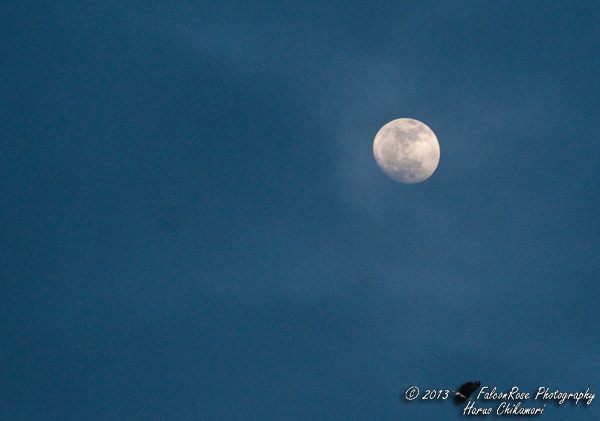I wanted to give people an idea of the gear that I currently use to obtain the images that I currently do. With the limitations in range that I have to contend with with my gear at this moment, the two factor that come into play are the following: a) location. b) opportunity. The trick is finding the "location" that maximizes "the opportunity" for potential wildlife shots.
First of all, I'm going to go over my gear: This is what I currently use to get the shots that I get. A lot of those shots that I take with the current gear that I have, I have to crop into because the range isn't there to get the shots that I'm really looking for. But I can still get a useable 8x10 image out of them.

The first piece of gear is my DSLR. I currently shoot with a Nikon D300s. Brought out in July of 2009. It made a splash being the first semi-pro camera to be equipped with video. Even at 720p, this video capability was nothing to sneeze at. And the ability to put any Nikon AF lens on the camera and obtain focal range while shooting video was an amazing achievement. This opened up a new video ability for still shooters to be able to capture the essence of the photoshoot. I picked up my D300s in June of 2010, about an year after it's release, but I have yet to put the D300s through its paces shooting video and that's mostly because I don't have a basic video editing program like Adobe Photoshop Premiere Elements. I hope at some point to be able to take the D300s out and shoot some video to post up on YouTube to give you an idea of the things that I do to track raptors and large wading birds (which are my main photographic subject). With only 11,000 frames shot through this camera, the D300s is not long in the tooth in terms of usage on my part. However eventually, I will have to get a new body (I still don't know if I will maintain DX if they don't come out with a Nikon D400 or go full frame and buy a Nikon D4 - or whatever replaces the D4) and relegate the D300s to a backup body.

I want to talk about my main lens for wildlife photography since it is the only lens that I have for wildlife photography at the moment. This is my Nikon AF-S 70-200mm f.2,8 VRII G ED. This lens was announced by Nikon in July of 2009 and I got my copy of the 70-200mm in June of 2010 at the same time as I picked up my D300s. The range is short and I find that lack of range sorely taxing when I am out photographing my subjects. I also do have a AF 70-300mm f/4-5.6 G lens, however the slowness of the autofocus rules that out for shooting wildlife photography, unless you are shooting wildlife portraiture where the subject is standing still. Shooting raptors is not like shooting portraiture where you can ask the subject to move in closer or strike up a pose. But rest assured, you can still get the shots you're looking for if you are willing to compromise on shooting locations and backgrounds. The plus side of the 70-200mm f/2.8 VRII is the speed that you get wide-open on the lens enabling you to capture birds in flight and that is why I favor that lens over the extra 100mm in range of the slower 70-300mm lens. The other factor is that the AF is quick to lock on to the subject and the results are crisp and sharp. Ultimately, I plan to add a set of teleconverters to this lens to bring it out to its maximum range of 400mm f/5.6 (utilizing the TC-20EIII) and adding a Nikon AF-S 600mm f/4 VR to the mix of lenses and that will increase the versatility of my wildife photography kit. But in the meantime, I will work with what I currently have. The 70-200mm f/2.8 VRII is no slouch of a lens and these are the shots that I have taken with it.






For those of us who don't have the money to buy prime super-telephoto lenses in the range of 400mm to 800mm. My verdict on the 70-200mm lens bare (without teleconverters) for wildlife is that you have to know what you are doing with it, pick and choose the location that will give you the prime opportunity to get the shots you want and it will come through every time!




























